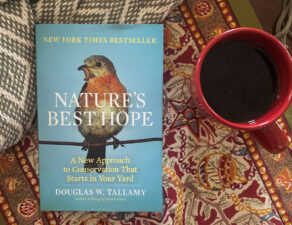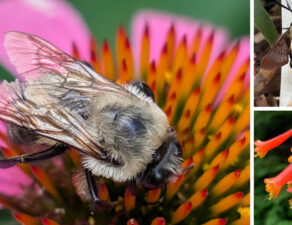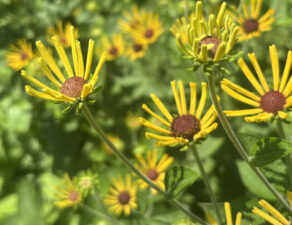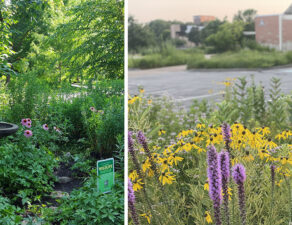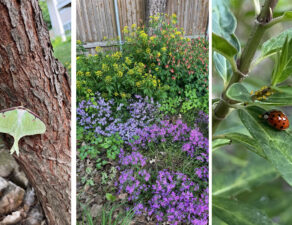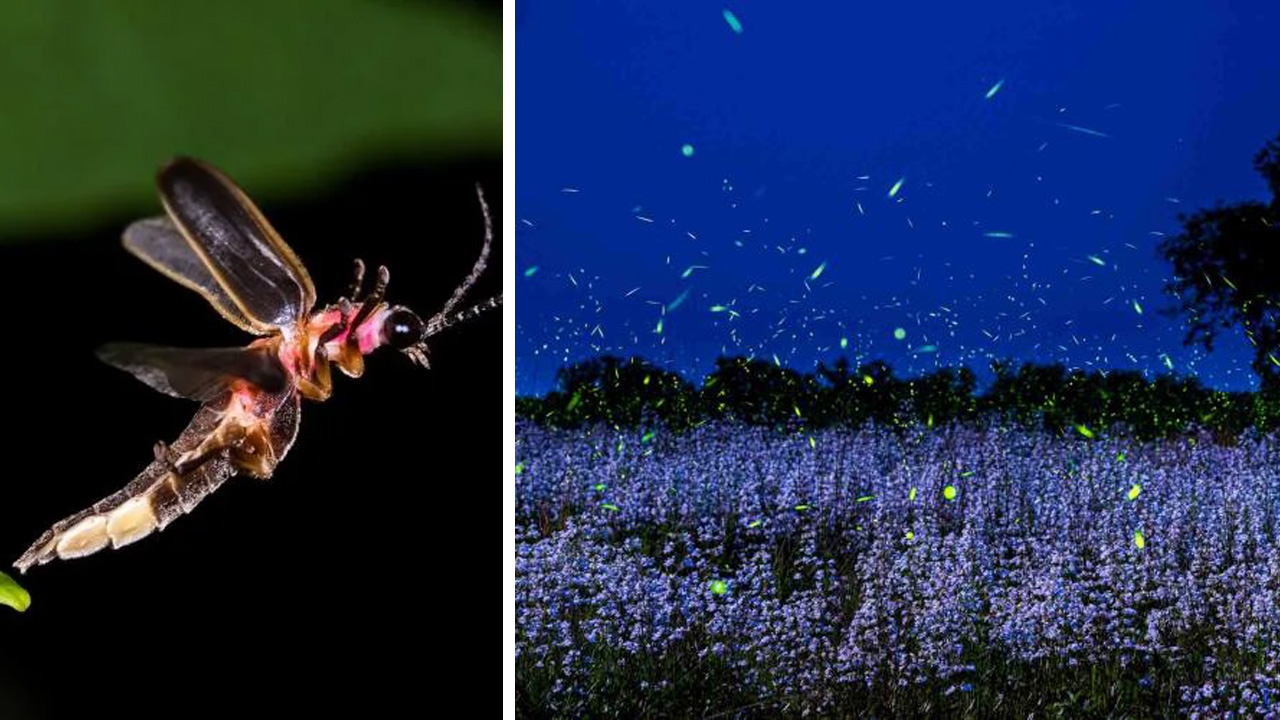
By Chris Cardwell. Photos courtesy Noppadol Paothong
They’re one of the brightest and most nostalgic harbingers of summer in the Kansas City region, the timeless companions to swimming pools and lake days. Growing up in rural Kansas, I can’t remember a baseball game or a Fourth of July cookout when I wasn’t subtly waiting for dusk to come and for the flickering dance of the fireflies to quietly sync up with the chirps of cicadas and the trill of evening birdsong.
No matter what part of the world you’re from, the 2400 + species of beetles of the family Lampyridae are likely engrained in your understanding of the natural world. And if you’ve been paying attention for the last couple of decades, you might be wondering where they’ve gone. Well, they’re just like countless other declining species of insects and other animals who are teetering in the wake of human expansion and urban development. Habitat decline and the quick-fix addiction to chemical solutions for ‘pesky’ problems is claiming yet another victim and changing the viewscape of our once-illuminated midsummer evenings.
Extant on every continent but Antarctica, the Lampyridae are known by the common epithets of fireflies, glow worms, or where I’m from – lightning bugs. In the Smoky and Blue Ridge Mountains, their common names are as numerous and colorful as the sunsets they frequent – ‘pink winkers,’ ‘blue ghosts,’ ‘’heebie jeebies,’ ‘treetop flashers,’ and so on. Their life cycle and habitat are mostly subterranean, the larvae regularly described as ‘voracious predators’ of soft-bodied soil invertebrates. And once you hear about their venomous mandibles that are employed to paralyze and liquefy earthworms, snails, slugs and other common garden pests, ‘voracious’ becomes an attribute worthy of their workloads. So why are we extirpating them, intentionally, from our urban ecosystems?! Or rather, how can we preserve them, intentionally, in the spaces that we steward? The answer lies in Doug Tallamy’s “refugia-focused” landscaping practices and a united public stand against broad-scale application of insecticides throughout our public and private spaces. These chemicals kill indiscriminately, causing significant collateral damage.
In my family’s current urban backyard, I’ve taken chemical free, no-mow principles to a higher level and allowed (selected, rather) large swaths of lawn to develop into perennial safe havens for low-lying and soil-borne life forms. Over the course of three growing seasons, large stands of Drummond’s Aster have been deftly Chelsea chopped in June, and matrices of shade grasses, sedges, and forbs are left to their own processes of growth, decline, and dormancy. With these plant communities and the soil invertebrates they support, these indicator insects have rebounded in ways that strum the heartstrings of this gardener, the flickering bioluminescent romance of my childhood playing out with every evening spent in the hammock, at the grill, or around the crackle of the firepit. Our local species of lightning bugs all overwinter in the soil, or in leaf duff allowed to rest and provide shelter during the often unseen link between autumn and spring. Our resident population has been incubating for two full seasons, this summer culminating in a literal ‘light bulb’ moment when the fruits of our efforts showed up to dazzle in a synchronized dance of natural wonder. Theirs is a long game, and so should ours be.
Even if you can’t let parts of your landscape rest indefinitely, choices abound for providing refugia – ‘leaving the leaves’, delaying or foregoing cutbacks and deadheading, and simply hosting life in small brush piles can be small but mighty steps in the path to recovery for the Lampyridae whose decline hits hard, and in deeply personal ways. What you plant matters, but what you choose not to do can be equally important in the journey to keeping our precious urban ecosystems healthy, and our collective natural memory intact and ready to share with our children, grandchildren, and generations beyond.

